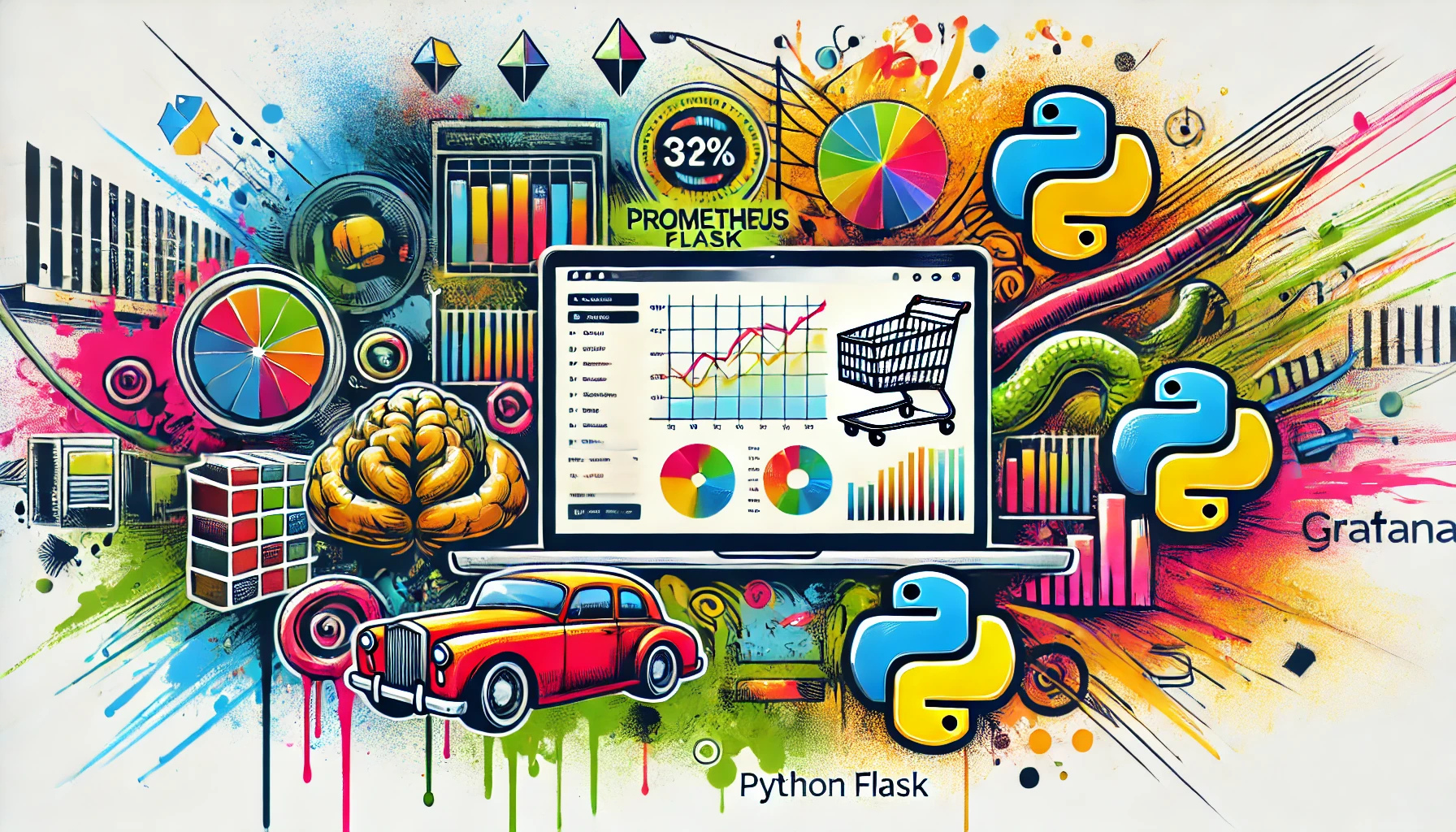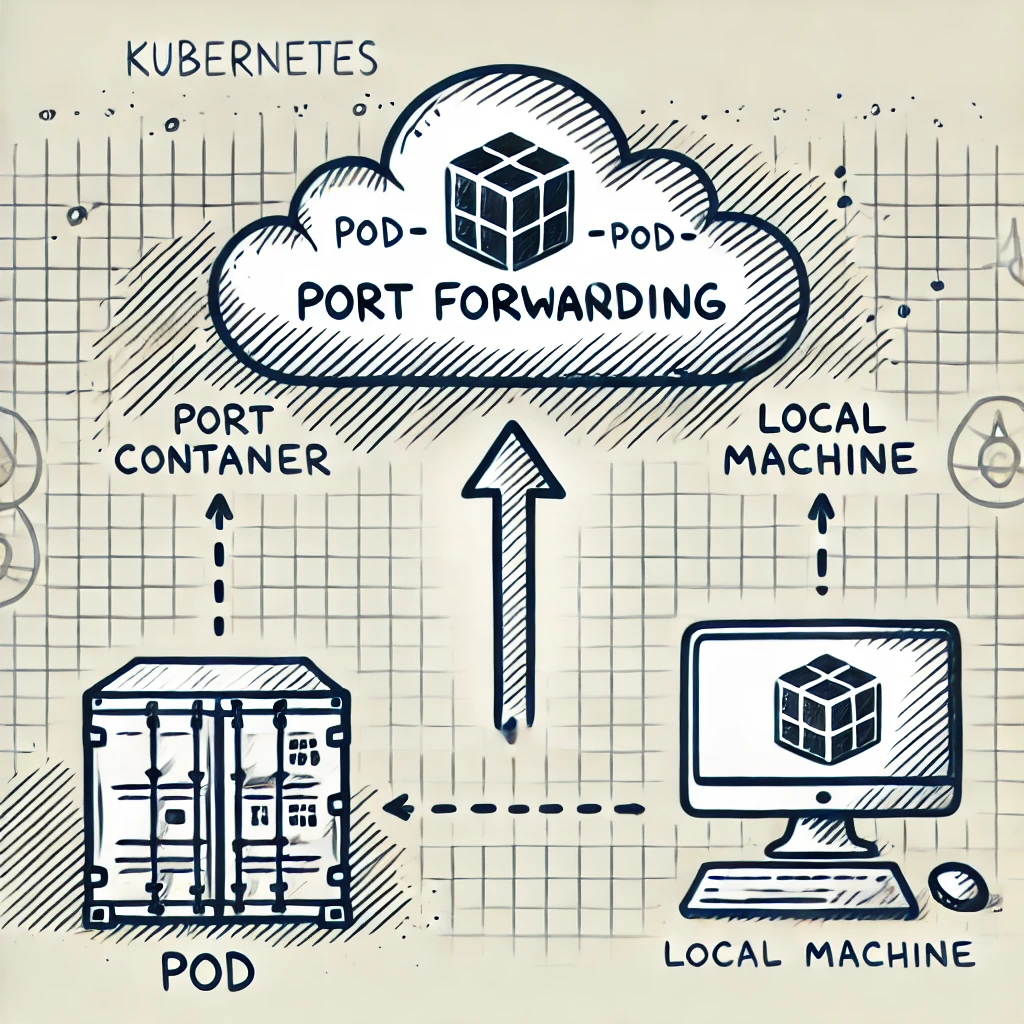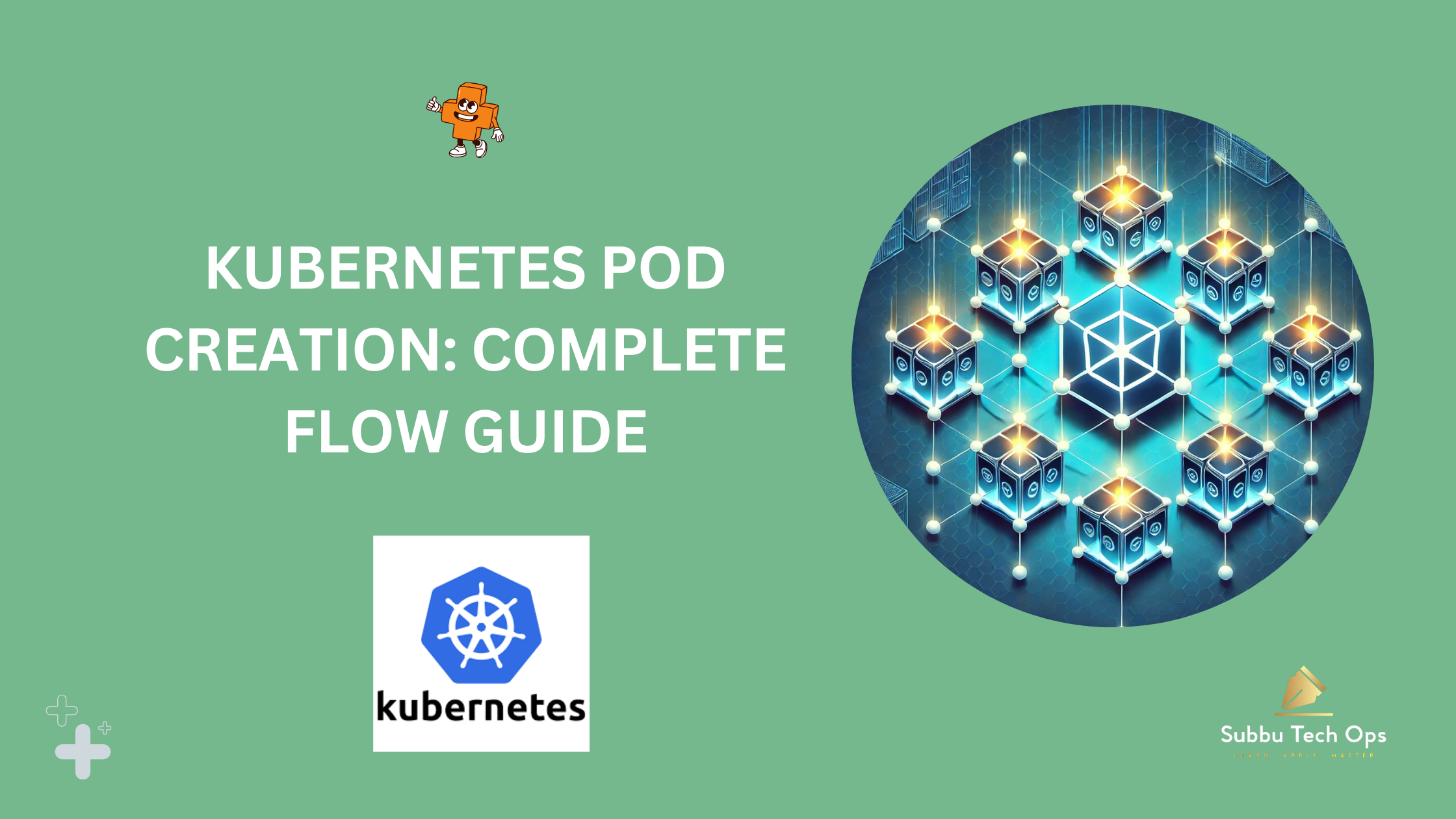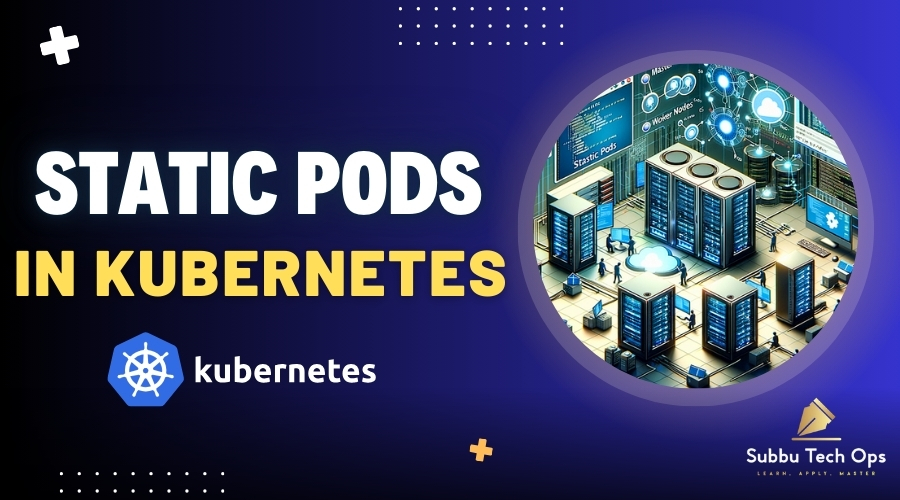Mastering Kubernetes Memory Management: Complete Guide to Preventing OOMKills
Introduction In the world of Kubernetes, few issues are as frustrating and potentially disruptive as OOMKills. You’ve built your containerized application, deployed it to your Kubernetes cluster, and everything seems to be running smoothly until, suddenly, your pods start crashing with the dreaded “OOMKilled” status. What happened? Why did Kubernetes terminate your workload? And most … Read more








